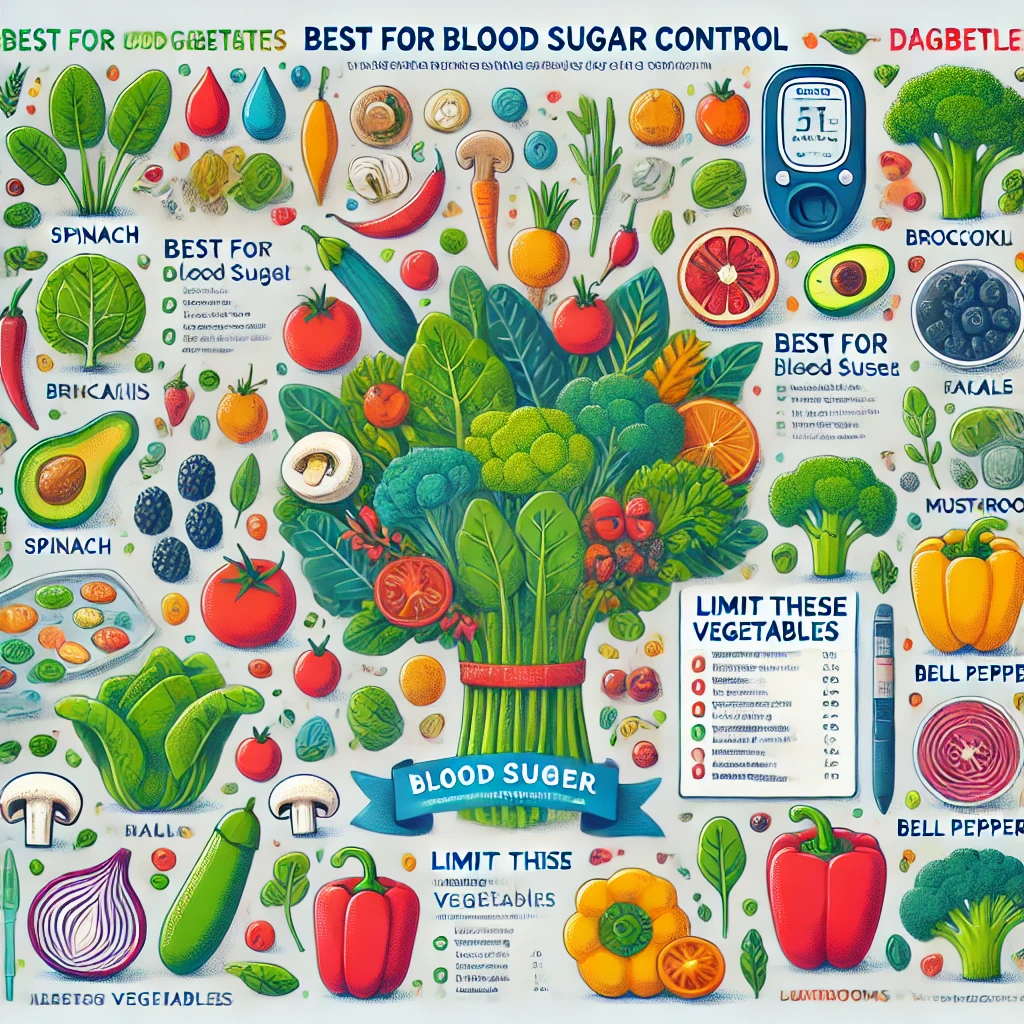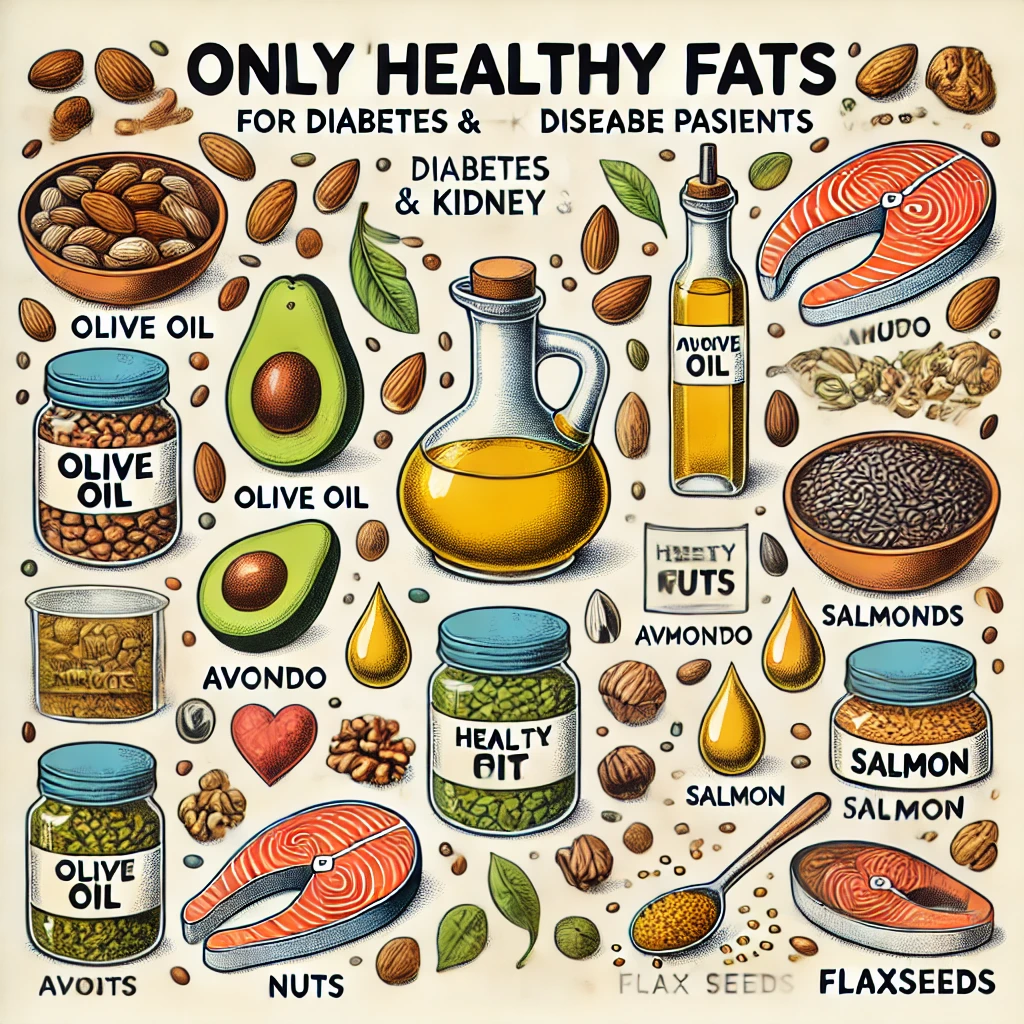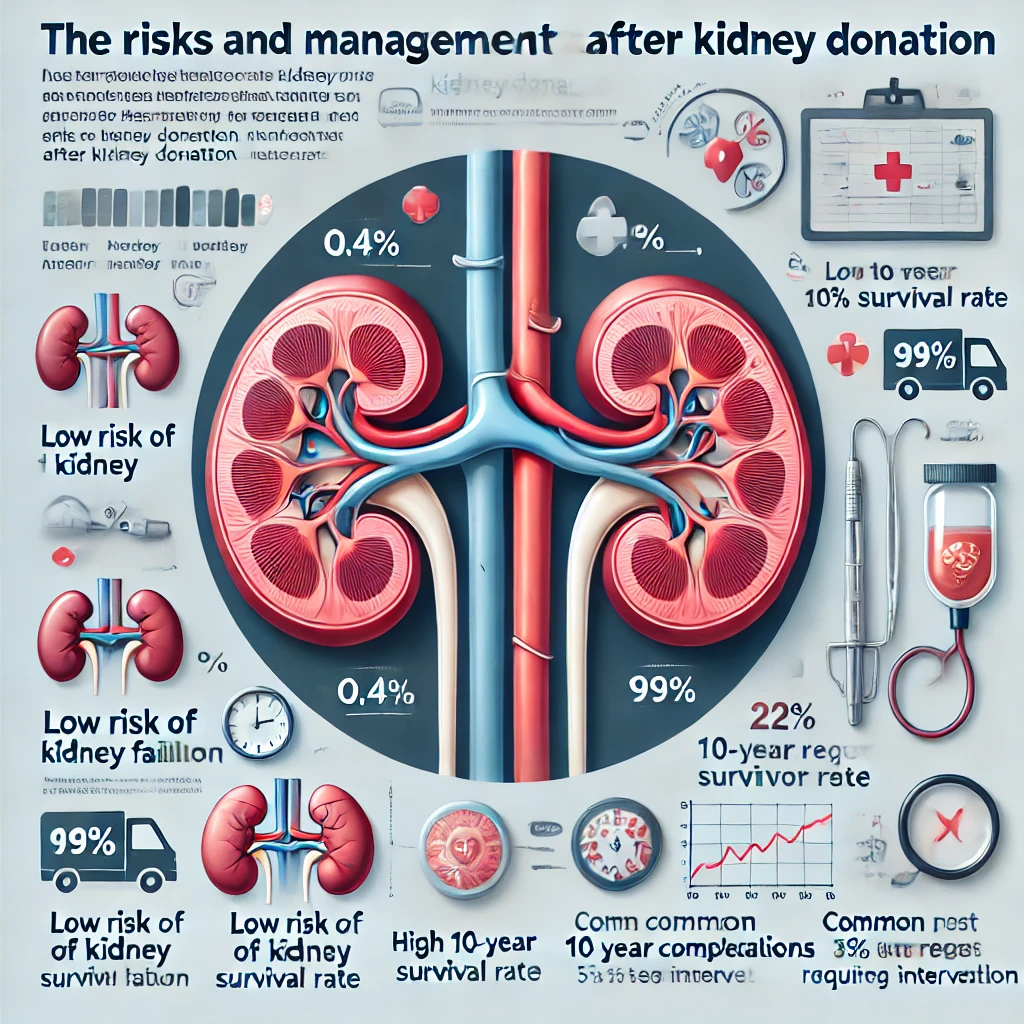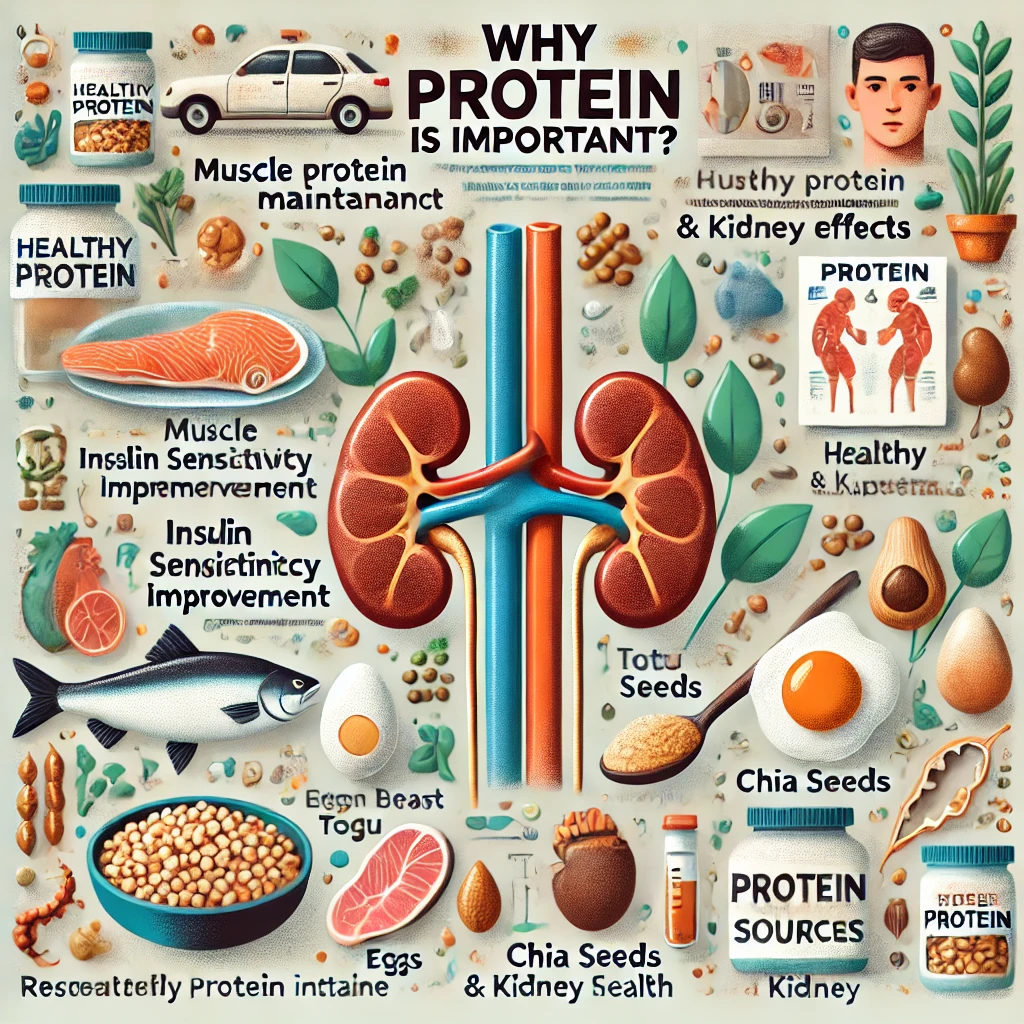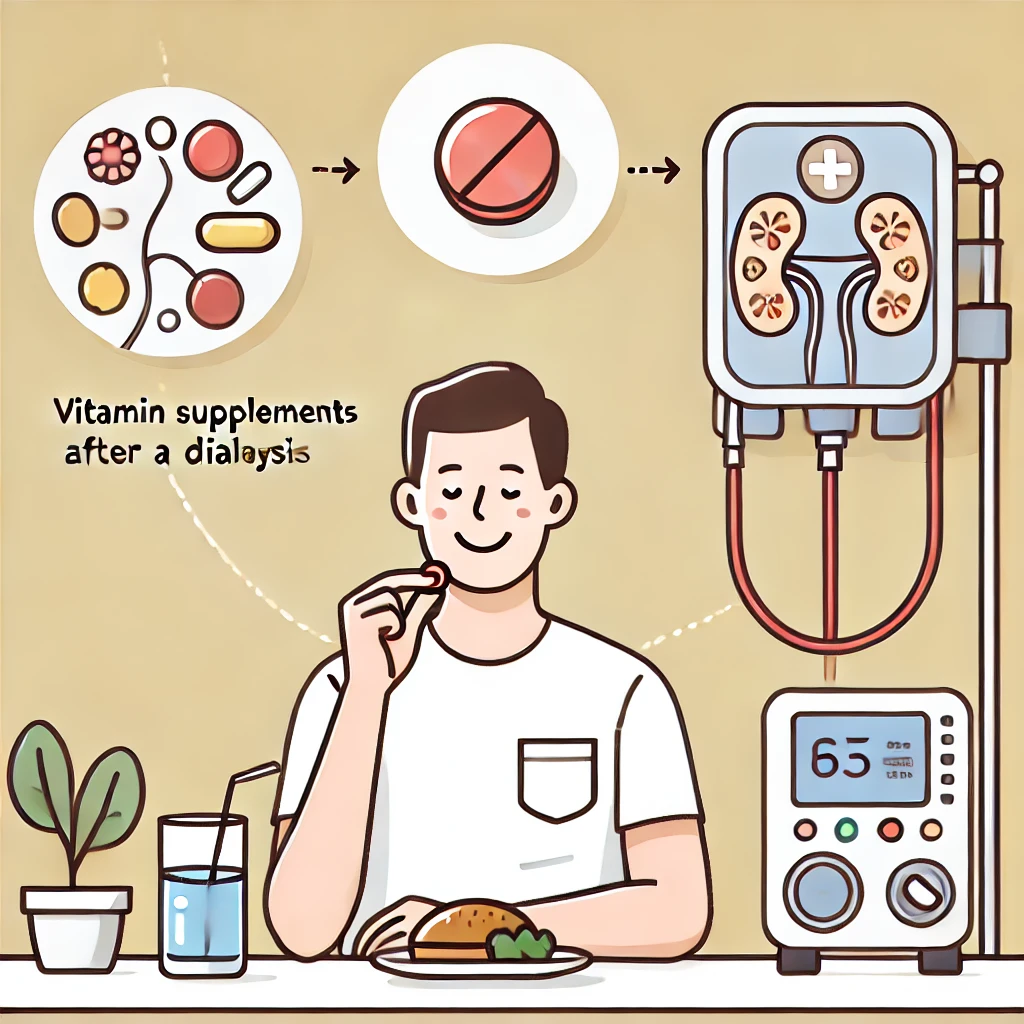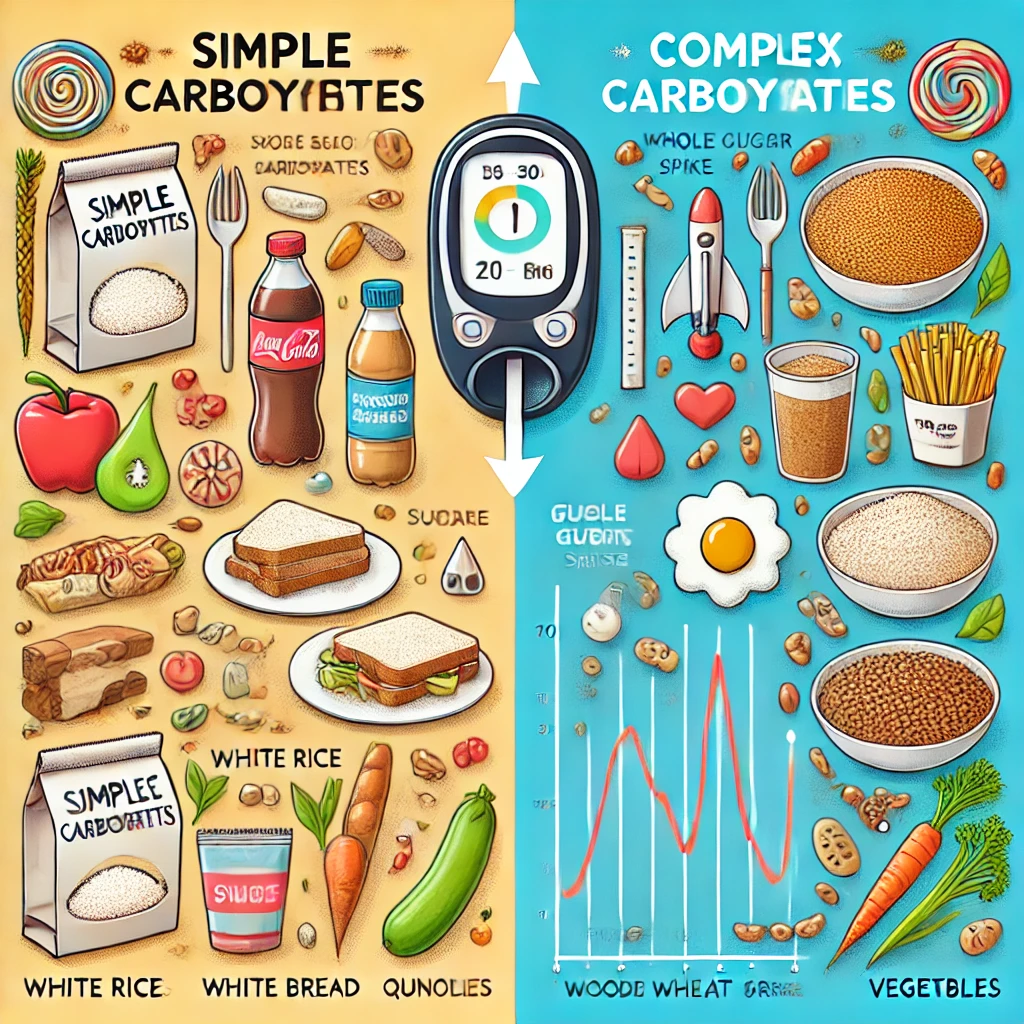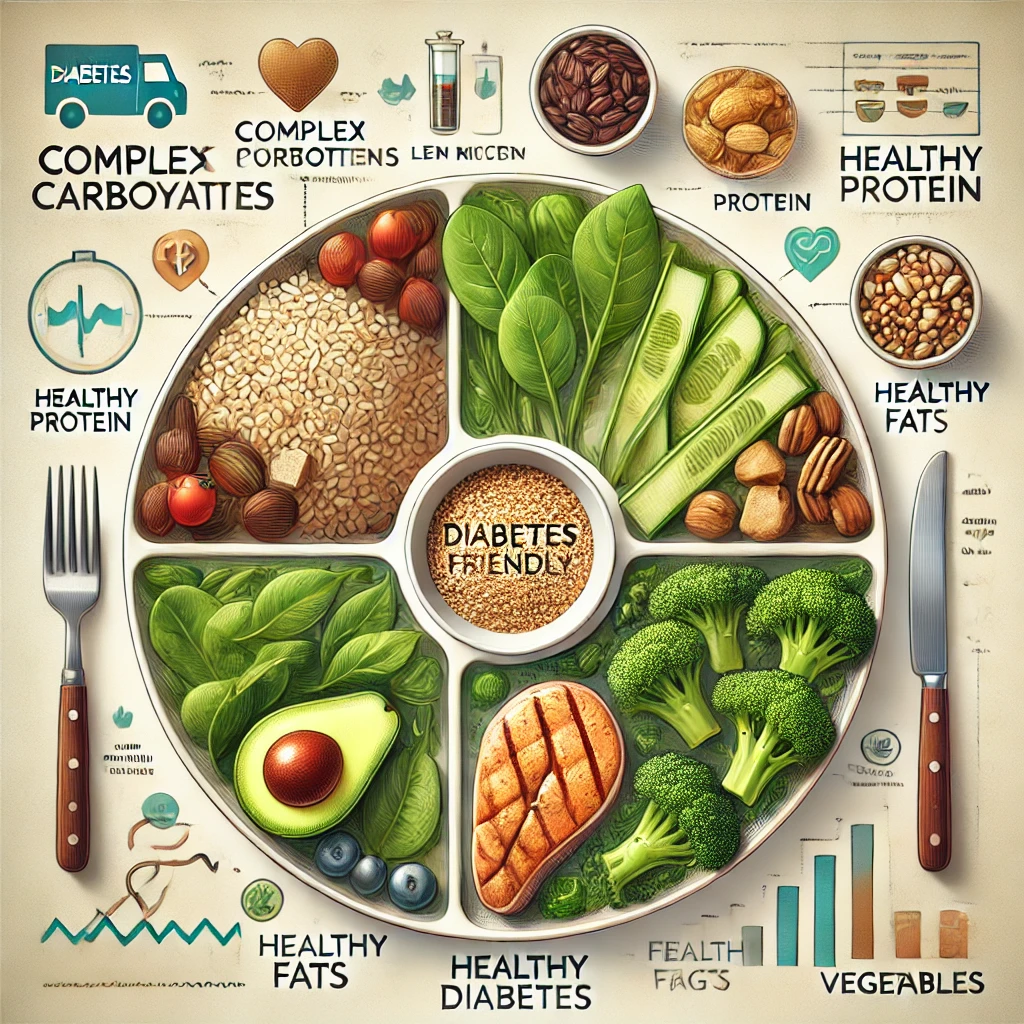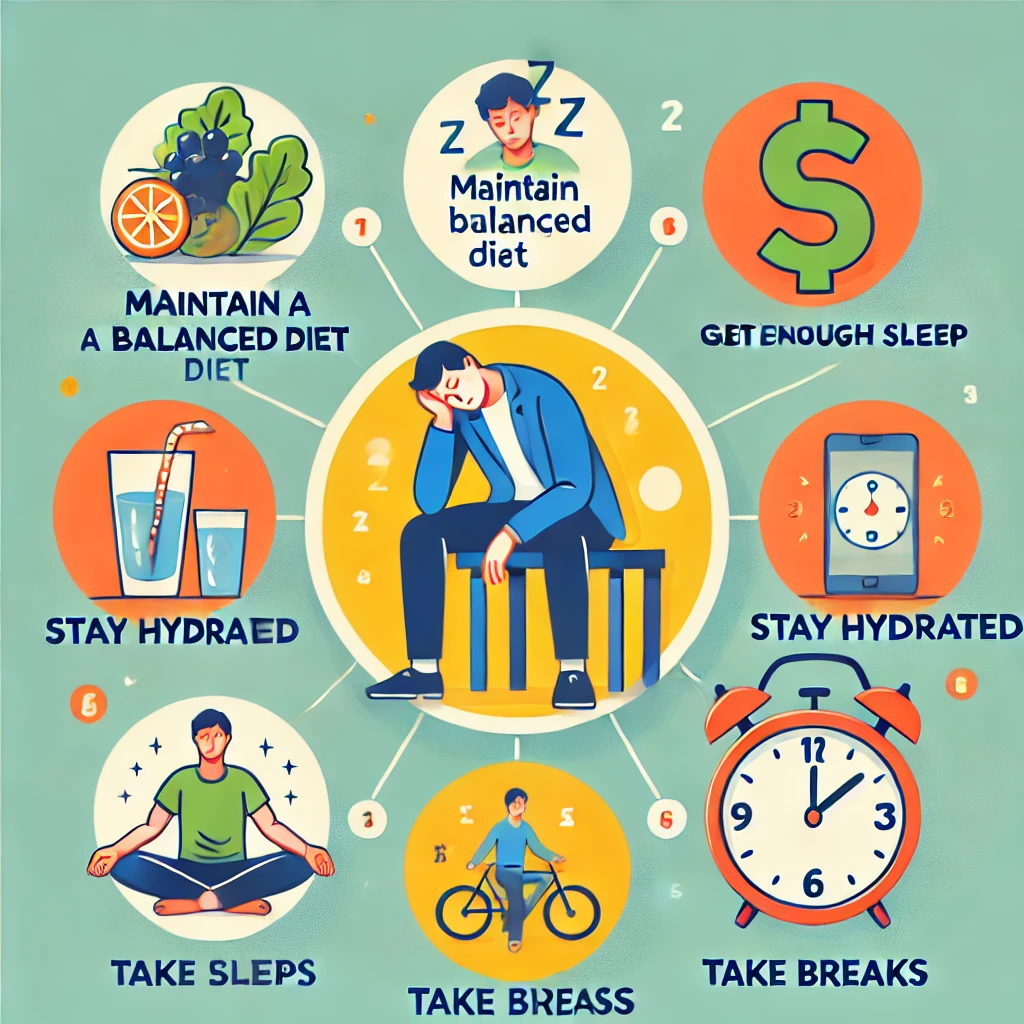Effects and Safety of SGLT2 Inhibitors in Kidney Transplant Recipients: Insights from the GREAT-ASTRE Study
Recently, SGLT2 inhibitors (SGLT2i) have been proven to provide cardiovascular and renal protection for patients with chronic kidney disease (CKD), effectively slowing renal function decline and reducing proteinuria and blood pressure, regardless of diabetes status.… Effects and Safety of SGLT2 Inhibitors in Kidney Transplant Recipients: Insights from the GREAT-ASTRE Study

